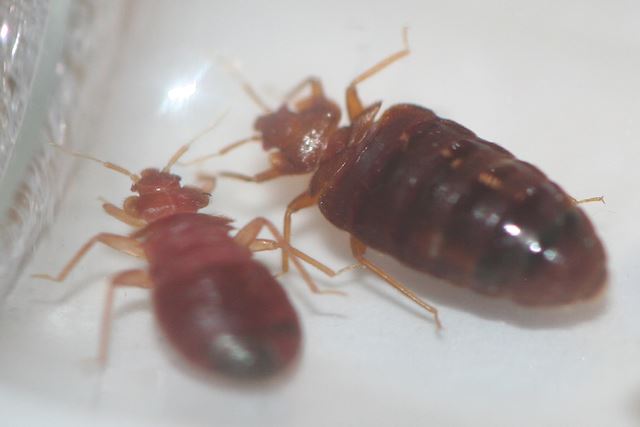
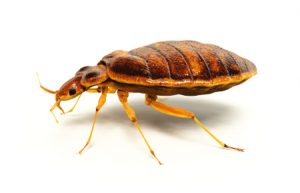
How to Remove Bed Bugs
Bed Bugs Overview

Bed bugs are small, reddish-brown, oval insects that feed on the blood of humans and animals while they sleep. They range in size from about one millimeter to the size of an apple seed and can live multiple months without a single blood meal! If you’re interested in learning how to remove bed bugs permanently, we offer two different bed bugs removal service methods.
Where are Bed Bugs Found?

You can find bed bugs in several locations in your home, but the primary inspection site should be your mattress. You should examine seams, piping and tufts and check under the mattress tags before looking carefully at the box spring and bed frame where the fabric attaches to the wood. You should also check:
- Chairs, sofas, futons, recliners and other furniture on which you sleep or relax
- Other pieces of furniture made of fabric or wood
- Clothing, curtains, suitcases, blankets and other fabric personal belongings near beds
Bed bugs have to be brought into your home. They are primarily hitchhikers. If you travel, these pesky insects may catch a ride in your luggage or get on your clothing if you visit an area of infestation. Additionally, you can bring bed bugs home on used furniture, so be sure to carefully inspect any fabric or wood furniture you purchase. You should also check:
- Small nooks in your walls, including screw holes or behind loose wallpaper or chipped paint
- Door frames
- Along or behind baseboards and carpet edges
What Makes Bed Bugs Harmful?

Unlike ticks, the bite from bed bugs is not known to transmit any infectious diseases, but it can affect each person differently. According to the Centers for Disease Control and Prevention, bite responses can range from no physical signs to a small bite mark to a serious allergic reaction. They can also cause stress, sleeplessness, and secondary infections from scratching. While considered more of a nuisance than a danger, an allergic reaction to bed bugs may require medical attention.
Signs Bed Bugs are Present in Your Home or Facility

The easiest way to identify an infestation is through bite marks on your body. These can take weeks to develop so it’s also important to look out for:
- Translucent or light-colored shed skins or shells from nymphs that have molted
- White bed bug eggs that resemble tiny grains of rice
- Black or rusty fecal spots which are the digested and excreted remains of their blood meals
If you suspect you have a bed bug infestation, we can help you with our canine scent detection program. Our dog, known as “Team Bugsy”, can be trained to detect bed bugs and can find even the smallest infestation with high accuracy. Team Bugsy has been trained to the standard required by the National Pest Management Association (NPMA) and is certified by the Integrated Bed Bug Management Association (IBBMA).
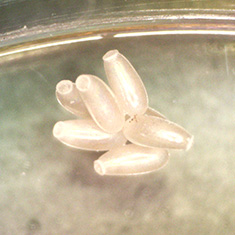
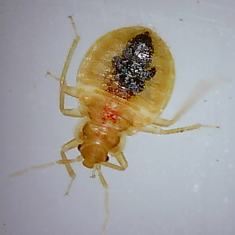
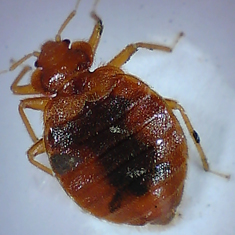
Treatment

We offer two types of bed bug removal methods to treat the problem.
- Conventional application: Depending upon the severity of the infestation, either two or three insecticide treatments are necessary to ensure elimination. The advantage to an insecticide application is that the residual insecticide will continue to offer protection for a period of time.
- Heat remediation:The entire space is heated to about 135̈°F and maintained for a period of time. This method requires much less preparation and one treatment kills all life stages of the bed bug. Heat can be employed as a stand-alone bed bug treatment or in conjunction with the use of insecticide. For more information, download our Heat Remediation flyer.
When it comes to bed bugs removal and bed bugs control, every service we perform is different and unique in its own way. Our trained professionals will be able to inform you how to remove bed bugs in the most efficient manner possible.

Tell us about your pest problem. We can provide a free estimate over the phone.
Call Braman 24/7 at 800-338-6757

